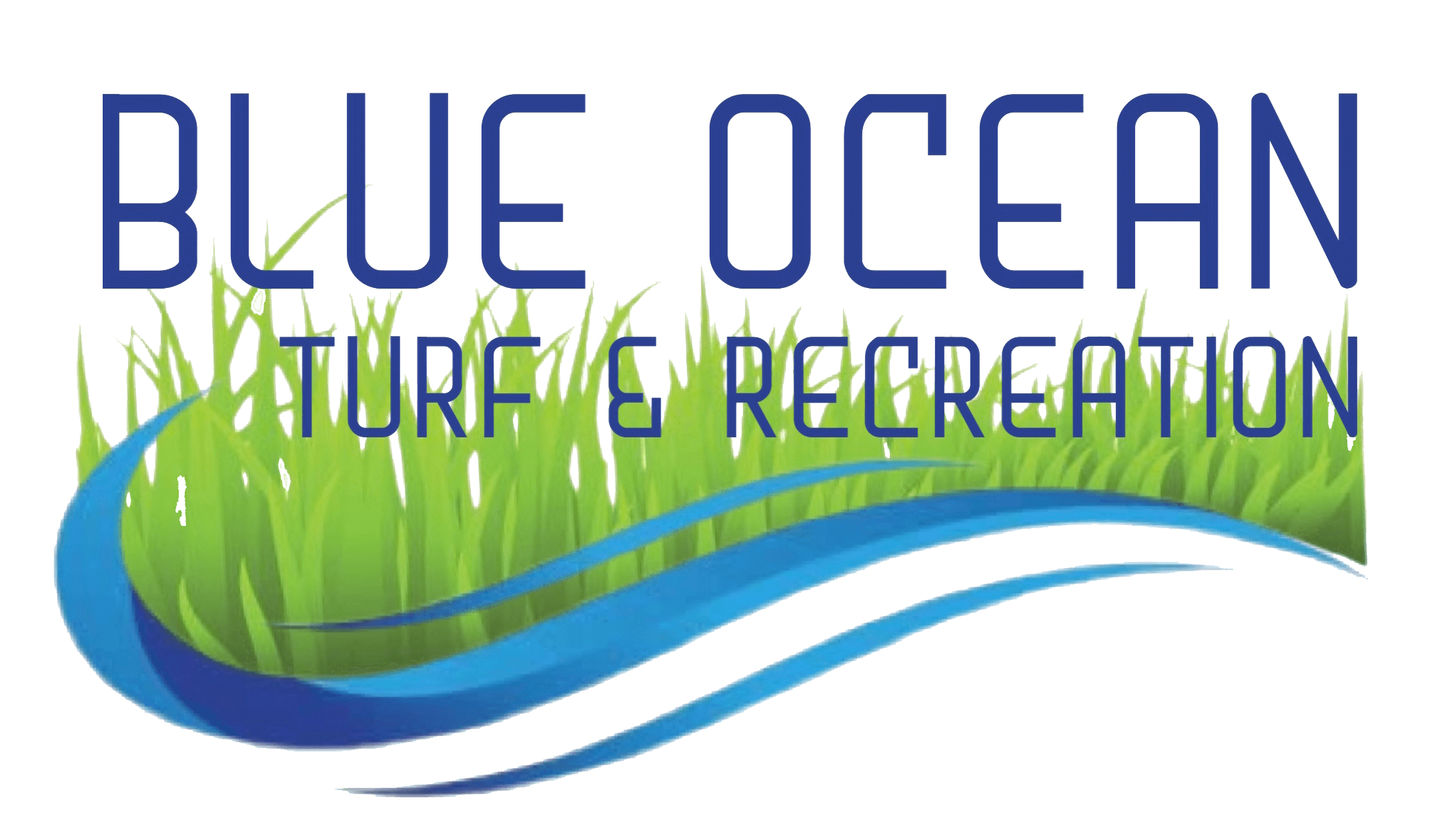Are you in the process of building your dream palace? You have got an image in your mind and want to build a place with beautiful green lawn, Putting Green, Kids Playground, Pet play area, also with greenery on walls. But still you are confused that you should use natural grass or artificial grass. Then for your convenience, we are going to describe the features of both products in comparison between Natural Grass vs Artificial Grass to make it easy for you to take right decision about grass option. The more you learn about the specifics of your choices, the sooner you can take a pick.
Maintenance
Natural grass requires weekly several hours of maintenance work to keep it looking marvelous and aesthetic including, mowing, irrigation, weeding, aeration and fertilization.
Artificial grass on the other hand, requires only low maintenance, no more need to mow it again, no weeding, no irrigation, no more fertilizers and no aeration.
Irrigation
To stay healthy and green, natural grass required regular irrigation. Some grass species required irrigation twice a week 1 to 2 inches of water and some require watering twice a day depending upon the location.
Artificial grass is water conserving as it does not need to be watered to look nice. It needs occasional watering just for cleaning purpose. Hosing down the blades for a few seconds is enough to get rid of the dirt.
Safety
Natural grass requires fertilizers, pesticides or insecticides to get rid of mites, bugs or some other insects, so providing a harmful chemical exposure.
Artificial grass is safe in this manner as it does not need to be fertilized, no more use of any toxic chemicals because fleas, bugs and other canine parasite can’t survive in it. This makes it perfectly safe for you, your family and for pets too.
Environmental impact
Natural grass, being a living plant beneficial for our environment and contributes to the ecosystem by absorbing pollution, supplying oxygen and absorbing heat. But on the other hand, use of toxic chemicals or fertilizers making it harmful for ecosystem.
On the other hand artificial grass has a lot of positive environmental credentials. It can’t absorb or emit CO2, can’t supply O2 and can’t absorb heat, but still is ecofriendly. Because it need no toxic fertilizers and by conserving water, is contributing great in ecosystem.
Heat resistant
Like other living plants natural grass required proper sunlight to absorb for photosynthesis. But with regular sun exposure or in harsh sunny summers or in hot areas its fade out, turn yellow or die sometimes.
Artificial grass does not absorb heat, it is heat resistant, never become hot, and can withstand any extreme weather conditions, won’t deteriorate and fade in the harsh Arizona sun.
Abrasion resistant
Dogs love to play on natural grass. Muddy texture of natural grass satisfy their digging habit, due to which there becomes holes in various places of natural grass garden. Rubbing, excessive weight or extra foot traffic may cause deterioration of grass blades or bare surface.
Artificial grass is durable and strong can withstand excessive weight while still retaining its original shape. Dogs or pets can never tear or dug up it.
Antimicrobial
Natural grass has a muddy texture and is home to certain bacteria and microorganisms. These microbes are essential for the development of healthy soil structure and play a significant role in decomposing organic matter, cycling nutrients and fertilizing the soil.
Artificial grass is plastic in texture, which is not a hospitable environment to bacteria. A research from university of Pennsylvania showed artificial grass field to have 10% of the live bacteria (both good and bad) than a natural grass field.
So, which is your better option between Natural Grass vs Artificial Grass? Data vise it should be artificial grass. If you are interested in artificial grass installation in Florida then you can consider Blue Ocean Turf.







